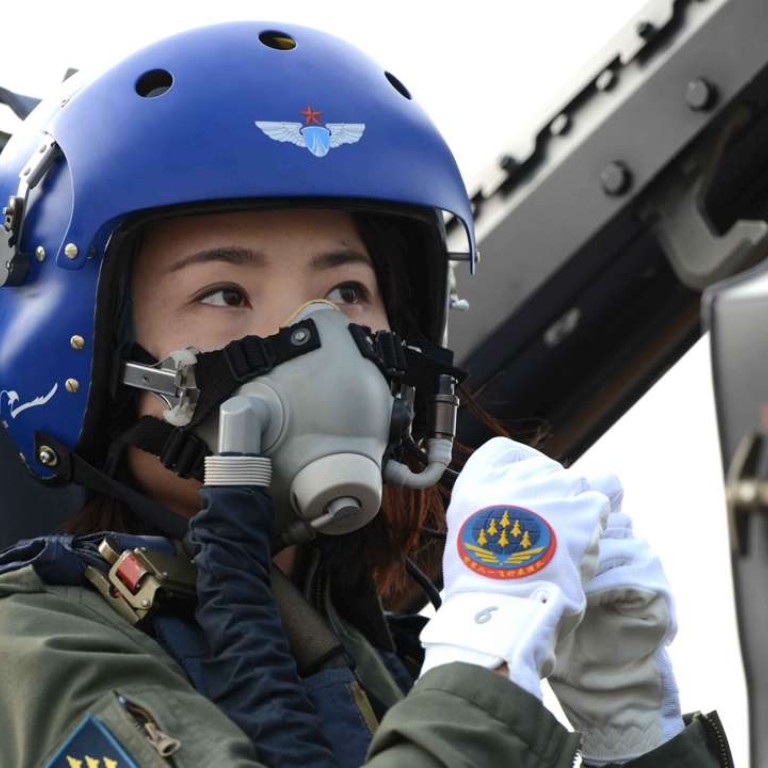
There can be no short cuts when training fighter jet pilots
Death of high-flier, Yu Xu, in J-10 training accident highlights the need to reduce risks of mechanical and human failures
The death of China’s first woman elite J-10 jet pilot in an aerobatics training accident at the weekend has sparked questions about the warplane’s safety record and the training of the men and women who fly them. There was a time when development of the early jet warplanes and passenger aircraft made the role of test pilot perhaps the most dangerous peacetime aviation occupation. It is long past, but if there is a remaining test of humans and machines as they skirt the boundaries of safety, it is aerobatics, a public relations sideline of most air forces.
Our first thoughts must be to share with her loved ones and colleagues a deep sorrow that such a young and talented life has been cut short. Given her unassuming achievement in what has been seen as a male combat world, shock and mourning is understandable. She was the cream that rose to the top, graduating among China’s first women fighter jet pilots and becoming one of four who could fly the third-generation J-10.
Details of the accident may remain secret. But the tragedy prompted many in online forums to ask if women fighter pilots were getting the right training or whether the plane was to blame. While these may be understandable reactions, they were echoed in more informed comment. This cited three J-10 crashes reported last year and another in late 2014 in suburban Chengdu, amid scapegoating of the compatibility of a Russian engine designed for a different plane and the reliability of a local alternative. The reported 1,000-hour-flying threshold to enter the aerobatics team, compared with 1,500 in developed nations, is also looking debatable, amid suggestions it has been lowered even further to include more women for propaganda reasons.
The thought that an accident like that at the weekend could occur during a popular air show is troubling. As military analysts point out, accidents may be a price to be paid for rapid military modernisation but, as overseas experience has shown, there is no room for short cuts with experience and training, even with aircraft with good safety records. If public confidence and pride in China’s air defence elite are to be maintained, traditional virtues of mechanical reliability and human experience must come first.

